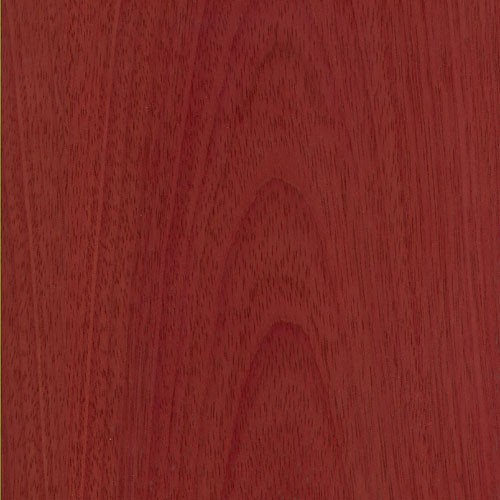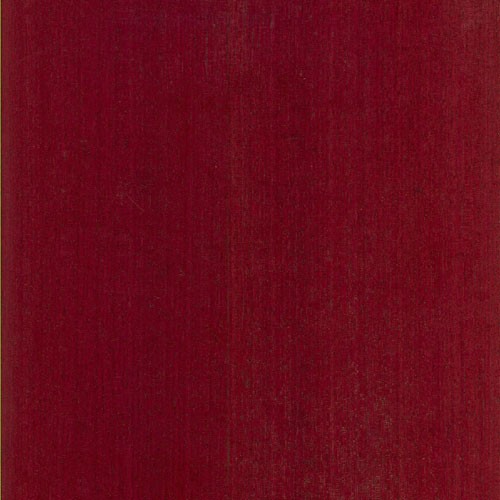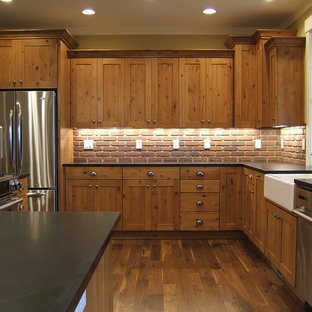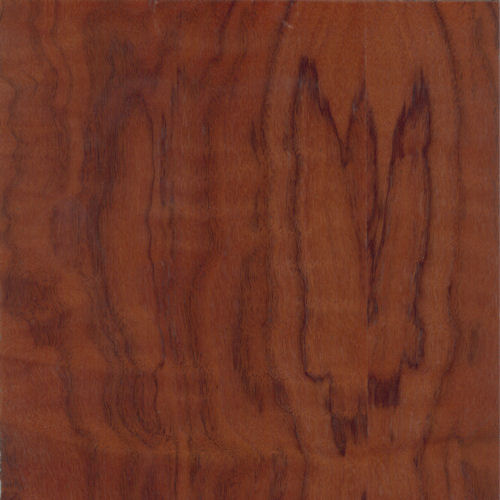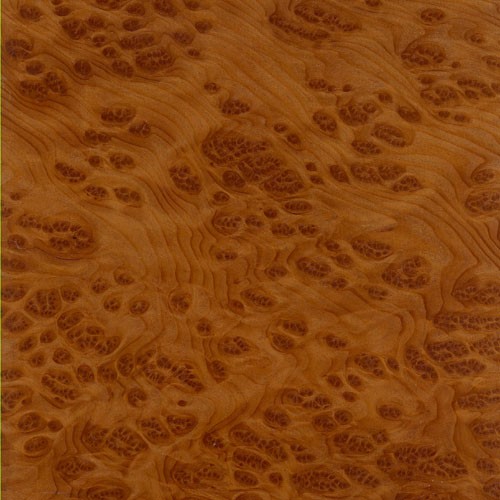Purpleheart
[Peltogyne spp.]
One of the most strikingly beautiful Latin American hardwoods, Purpleheart originates from the Peltogyne genus — 23 species of large trees that thrive natively in tropical regions from Mexico to Brazil, especially the Amazon rainforest. Because its footprint crosses so many borders, Purpleheart is known by more than 50 local names, but the most familiar are “Amaranth,” “Violet Wood,” and “Peltogyne.”
Renowned for its amazing grain pattern and gorgeous, purplish-brown color, Purpleheart wood seems exotically rare, even precious. But it’s actually one of the most incredibly strong, dense, and durable woods. And yet highly sustainable — resistant to water and insect invasion, Purpleheart can readily withstand radical, abrupt changes in climate and humidity.
In some cultures, Purpleheart is believed to enhance creative energy, knowledge, and assist in healing — even eliminating negative energies and tension in the home.
But it’s the appearance and color of Purpleheart that drives its popularity. Especially its heartwood, which quickly turns from a light brown to a rich purple color when it’s cut. Then, with age and sun exposure, the wood continually darkens to a dark maroon, chocolate purple, or even black color — each hue unlike that of any other wood. The grain of Purpleheart is usually straight but can be wavy or irregular. It has a medium texture and good natural luster.
Bold, beautiful, and exotic, Purpleheart is tremendously popular for wood veneer sheets, custom plywood, premium durable furniture, cabinetry, flooring, boatbuilding, and turned objects.
Species Distribution:
Southern Mexico
Central America
South America
Brazil
Common / Alternative Names:
Violet Wood
Amaranth
Peltogyne
Janka Hardness:
2,520 lbf
Sustainability Status:
CITES Appendices: Not listed
IUCN Red List of Threatened Species: Not listed


